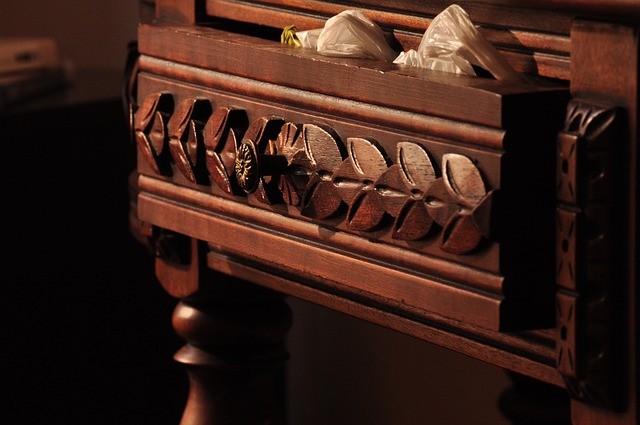When examining antique furniture you should consider the type of feet on the furniture. There are different types of feet to consider including block, oval, ogee, dovetail, and ball and claw. Each has its own look and function. You will also want to take into consideration the paint and varnish. This can help you get a better idea of the age of the piece.
Ball and claw
Ball and claw furniture foot is one of the most common antique furniture foot styles. The design dates back to the early 17th century. As the style became popular, different regions gave it their own stamp.
In China, the mythology of a dragon guarding a polished stone was a symbol of purity and wisdom. Japanese artisans adopted this motif in their designs. Chinese and Japanese artisans brought these designs to Europe through trade.
Ball and claw feet were a popular pattern in the late 18th and early 19th centuries. These pieces were often seen on massive dining and buffet tables.

Furniture makers usually listed the year and location where the piece was made. This can be helpful when dating a piece. Alternatively, the quality of the wood can also prove its age. If the piece has small imperfections, it indicates that it was handmade.
Block foot
If you want to date antique furniture, a good place to start is with its feet. These are the strongest pieces of a piece, and they offer a lot of clues about the age.
Furniture feet come in a variety of different styles, and there are many variations to choose from. By knowing the type of foot that you’re looking at, you can get a better idea of its overall style.
The most common furniture foot is the ball. Balls can be either round or square in shape. They can be found on Georgian and Neoclassical pieces. They are usually plain, but they do have some ornamentation on them.
Cylindrical
One of the easiest ways to date antique furniture is by looking at the feet. The foot is the part of the piece most susceptible to damage and decay, and it offers a simple way to gauge the age of a piece.
Foot styles have changed over time, and knowing what kinds of feet were used in a particular period can help you determine when a piece of furniture was made. Using an illustrated antique furniture style guide can also be helpful in making the proper identification.
The ball and claw foot is a popular decorative foot found on many antique pieces. It is carved in a design of an eagle claw holding a ball. This foot is commonly seen on antique bookcases and chairs.
Ogee brackets
If you are looking for a surefire way to determine the age of your antique furniture, try a quick comparison of similar feet. There are many styles and designs to choose from and determining which is the best for your needs is easier than you may think.
The most obvious choice for the number one position would be the ogee bracket. This foot is typically associated with mid-18th century pieces. It has an outward top and smooth inside edge. Often it is attached to a platform base.
Another style of the foot is the bun. Although it is commonly thought of as a decorative novelty, it was used as a functional leg during the Middle Ages.
Colors of varnish
Varnish is a finish that provides a protective coat to wood and other artifacts. It is available in many different colors and types.

Varnish is made up of solvents and thinners, and can be applied over stained or painted wood. Varnish dries slowly and can be difficult to apply. But it offers a durable and clear finish.
To apply varnish, you should start by sanding the surface of the wood to remove any dirt or scratches. Then, you can apply an even coat of varnish to the entire surface. Wait at least 24 hours before applying a second coat.
If you are working on a door, you should make a test panel of the color you want to use. Use a paint brush or a lint picker to clean up any excess dust from the wet finish.
Dovetail joints
Dovetail joints are used to join pieces of furniture together. They are also used in cabinets. It is a strong joint that is difficult to pull apart.
There are many different types of dovetail joints. Each is made to serve a different purpose. The type of dovetail joints you have can help determine the age of antique furniture.
If your antique furniture is older, it is likely that it has hand cut dovetails. Hand cut dovetails are usually irregular in shape. This is a good sign that the piece was hand-made.
In addition to the size and style of the dovetails, you can also check the finish. Finishes include wax, milk paint, and oil.






